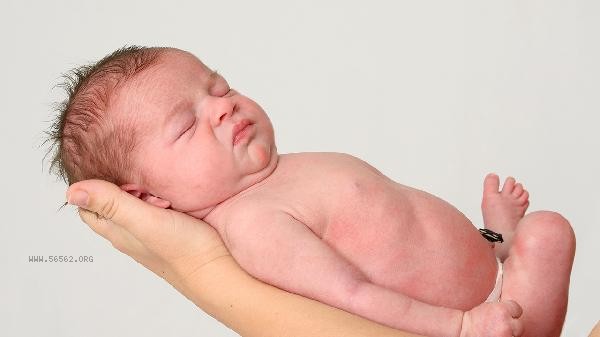High levels of creatine kinase in newborns usually indicate muscle or myocardial injury, which may be caused by factors such as childbirth trauma, hypoxic-ischemic encephalopathy, metabolic disorders, infections, or genetic myopathies. A comprehensive evaluation should be conducted based on clinical manifestations and other examinations.

1. Labor trauma:
During natural childbirth, squeezing of the birth canal or assisted delivery with instruments may cause slight damage to the skeletal muscles of newborns, leading to the release of creatine kinase into the bloodstream. This condition usually manifests as a temporary mild increase of 300-1000U/L, accompanied by local bruising or swelling, which can recover on its own within 3-5 days. Suggest observing changes in muscle tone to avoid excessive movement of the affected child.
2. Hypoxia ischemia injury:
Perinatal asphyxia may lead to hypoxic damage to myocardial and skeletal muscle cells, with the proportion of creatine kinase isoenzyme CK-MB often exceeding 20%. Often accompanied by symptoms of hypoxia such as pale skin and rapid breathing, it is necessary to monitor the dynamic changes in electrocardiogram and myocardial enzyme spectrum. Severe cases require oxygen therapy and circulatory support in neonatology.
3. Metabolic disorders:

Congenital hypothyroidism, methylmalonic acidemia, and other metabolic abnormalities can affect energy metabolism, leading to a decrease in muscle cell membrane stability. This type of situation is often accompanied by systemic symptoms such as feeding difficulties and drowsiness, in addition to elevated creatine kinase levels. It needs to be diagnosed through newborn screening and blood and urine metabolism examination. Early intervention can improve prognosis.
4. Infection factors:
Neonatal sepsis or viral infection may trigger systemic inflammatory response, indirectly leading to muscle damage. Commonly seen in bacterial meningitis, Coxsackievirus infection, etc., in addition to symptoms such as fever and poor response, creatine kinase levels often continue to rise. It is necessary to improve blood culture, cerebrospinal fluid examination, and other methods to identify the pathogen.
5. Hereditary myopathy:
Genetic diseases such as Duchenne muscular dystrophy and congenital myopathy can significantly increase creatine kinase levels in newborns, often exceeding 2000U/L. Often accompanied by low muscle tone and delayed motor development, it needs to be diagnosed through genetic testing and muscle biopsy. It is recommended to conduct prenatal diagnosis for individuals with a family history. When high levels of creatine kinase are found in newborns, it is recommended to record daily breastfeeding volume, sleep status, and limb activity. Breastfeeding mothers can increase their intake of vitamin E and selenium appropriately to avoid vigorous shaking of the baby. At the same time as regularly reviewing enzyme indicators, attention should be paid to whether there are warning symptoms such as milk refusal and convulsions. If it continues to rise or is accompanied by other abnormalities, timely neurological assessment and genetic counseling should be conducted to rule out the possibility of progressive myopathy. Pay attention to maintaining a suitable room temperature in daily care to avoid aggravating muscle damage from catching a cold.









Comments (0)
Leave a Comment
No comments yet
Be the first to share your thoughts!